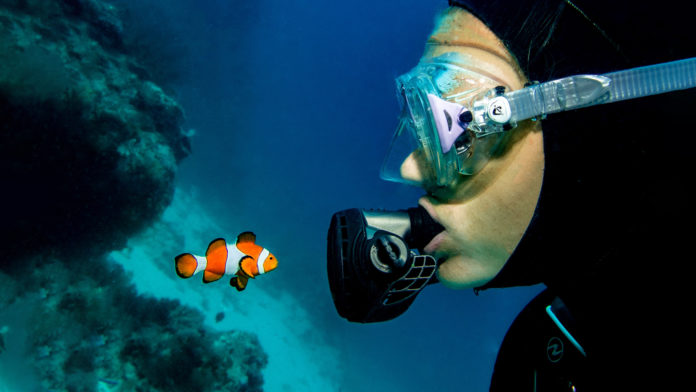What sound does a fish make?
It might sound like a trivial question, but close to a thousand fish species are known to actively produce sounds, making them one of the largest groups of sound-producing vertebrates on Earth.
Fish may not have vocal cords, but they make a wide variety of noises — like grunts, boops, chatters, and squeals — using bony structures that rub or click together, hitting their gas-filled swimbladders like a drum, or even by strategically pushing air out to communicate through “fish farting.”
Researchers from the University of Florida, University of Victoria, and Dalhousie University scoured 800 studies to create an online database called FishSounds, cataloguing the sounds of 989 fish species in one place.
In water, sounds travel faster and further than they can in air. That allows fish to communicate across long distances through sound, and more quickly than they could through sight, smell, or taste. It can help them find mates, socialize, claim territory, or talk about food sources.
Meanwhile, eavesdroppers can also use these sounds to their advantage. Birds, dolphins, and crabs are known to use this sonic information to hunt, avoid predators, and find the best places to live. Researchers can also record their sounds to monitor fish species to learn more about them and their ecosystems.
But there is also growing evidence that human activities are leading to high levels of noise pollution, disrupting underwater communication. Adding to the noise, climate change is warming the water, and those warmer temperatures mean that all sounds can travel even further and faster than before. Not only can this be confusing to fish and other animals who can misinterpret the information they hear, but it’s also making underwater environments even louder.
Bioacoustics researcher Alice Affatati at Memorial University of Newfoundland and Labrador modeled temperature, pressure, and salt content of water at various depths to predict the future impact of climate change on the soundscapes in our oceans. She predicts the formation of two major acoustic hotspots in the Arctic by the end of the century if climate change continues unabated, which would degrade essential communication by species in these areas.
Vital sounds are being drowned out, and the noise is only being amplified by human activity. Cleaning up the clatter will be anything but trivial, but the field is adding to the chorus of voices calling for change.








































